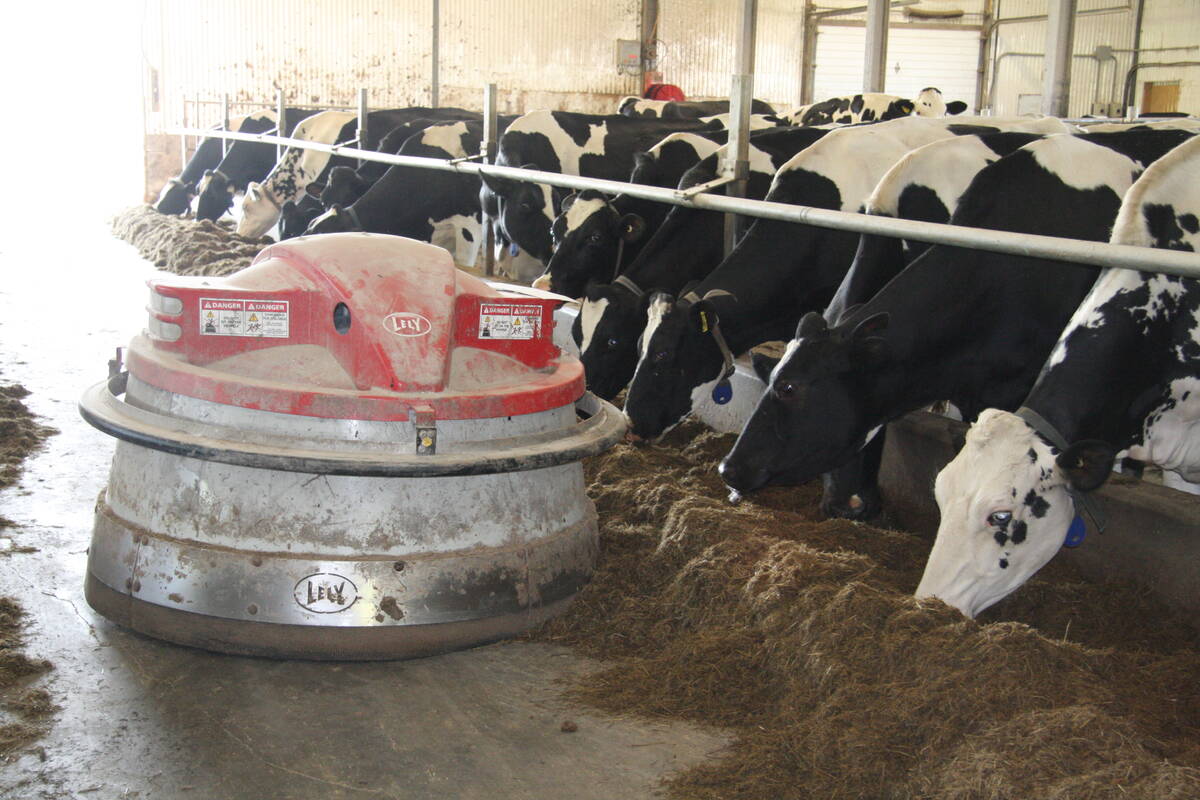Bovine tuberculosis a target Complex epidemiology of disease presents challenges for genomics researchers
VANCOUVER — Finding genetic resistance to disease is similar to the quest for the holy grail.
“Resistance can be quite wide ranging and a hard to find trait,” says Steve Bishop of the University of Edinburgh’s Roslin Institute.
“Resistance is likely to be a continuous trait rather than an all in one trait, and it is likely to contain several mechanisms.”
Resistance is an animal’s ability to control a pathogen. Some animals may appear to be immune when disease strikes, but they may not have been exposed to it.
Read Also

Partnerships, communication key to disease management
Communication and strong, trusted partnerships are key to managing infectious diseases like Foot and Mouth Disease and HPAI.
Also, scientists need to know what the disease is and how it behaves.
“One of my key hypotheses is that one of the main keys to success is correct interpretation of disease data,” Bishop told the World Congress of Genetics Applied to Livestock Production, which was held in Vancouver Aug. 17-22.
Researchers are exploring genetic variation in resistance to infectious diseases caused by viruses, bacteria, protozoa, parasites, flies and ticks. From there they hope to take those results and breed animals for in-creased resistance.
“The architecture of resistance varies between diseases … particularly for viral diseases that are quite new,” he said. “Data interpretation is often quite difficult, and you have to think like an epidemiologist in interpreting the genetics properly.”
He said researchers have found heritability for resistance while studying infectious pancreatic necrosis in salmon and bovine tuberculosis in dairy cattle.
Bovine tuberculosis is a serious problem in dairy cattle in the United Kingdom and Ireland.
“It is the biggest disease problem at the moment,” Bishop said.
“It has a very complex epidemiology, and it is getting worse despite our best efforts.”
A surveillance program collects on-farm skin tests and checks carcasses at abattoirs, yet the disease persists.
The skin test is specific, but infected animals are still missed because of false positive or negative results.
However, genetic studies into how to predict whether an animal may be resistant to the disease have turned up promising results. He said genetic re-sistance against TB exists, but research is needed on the animals and bacteria responsible.
Other livestock sectors have had success in the area of disease control.
The dairy breeding industry is working toward controlling mastitis through genetic selection, while resistance to parasites has been found in sheep populations.















